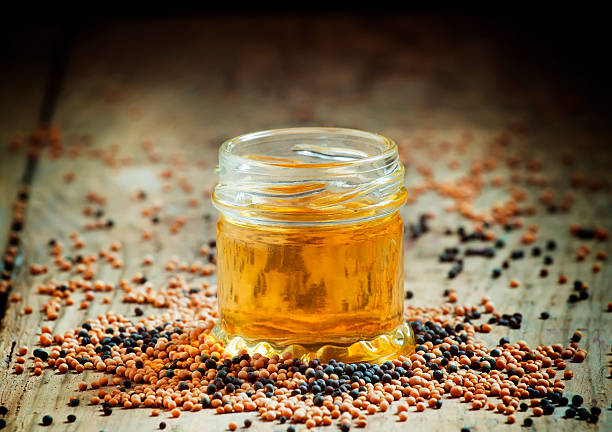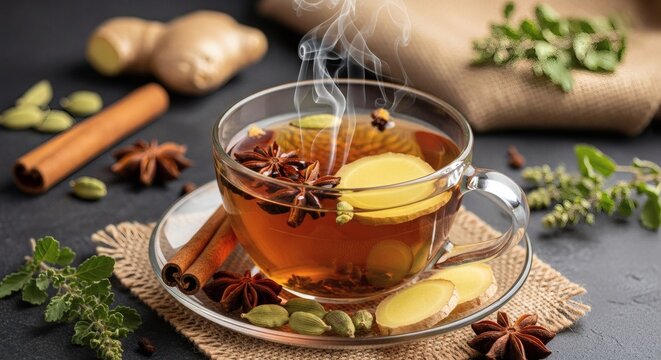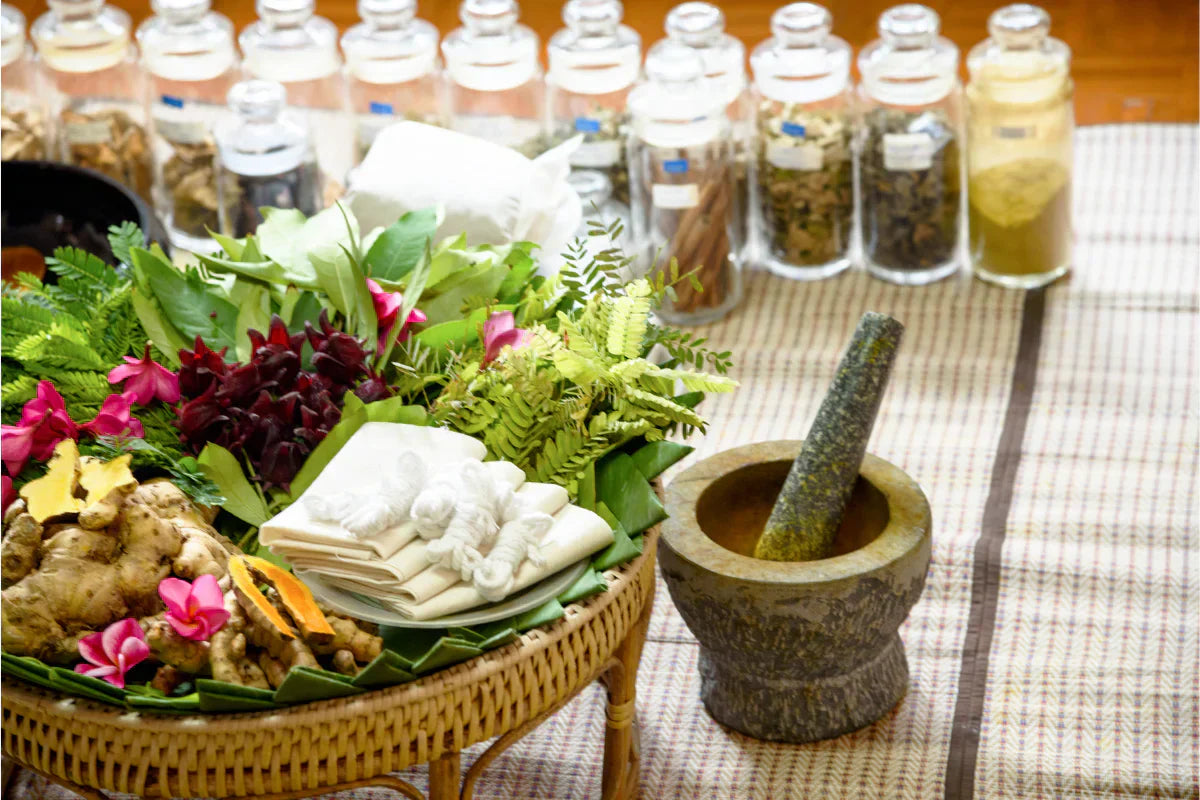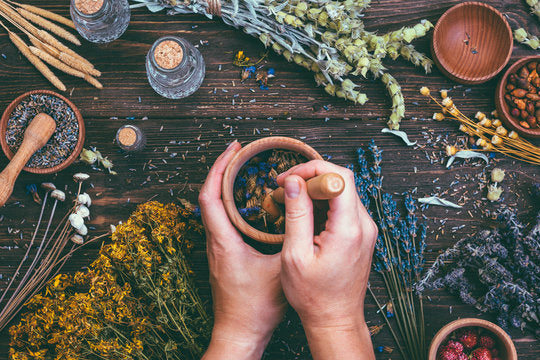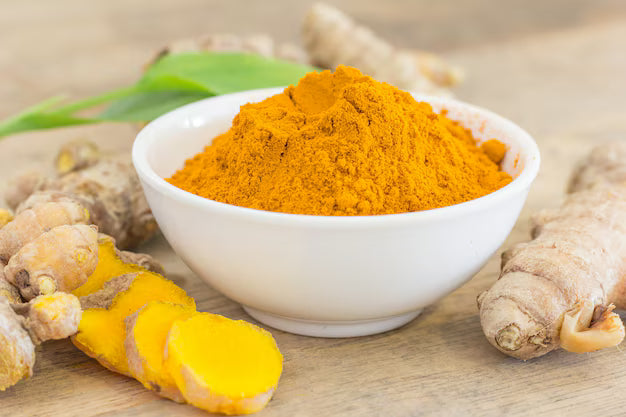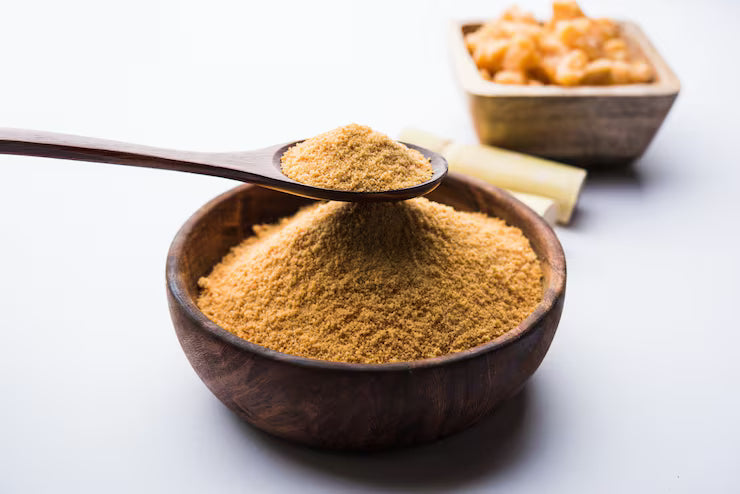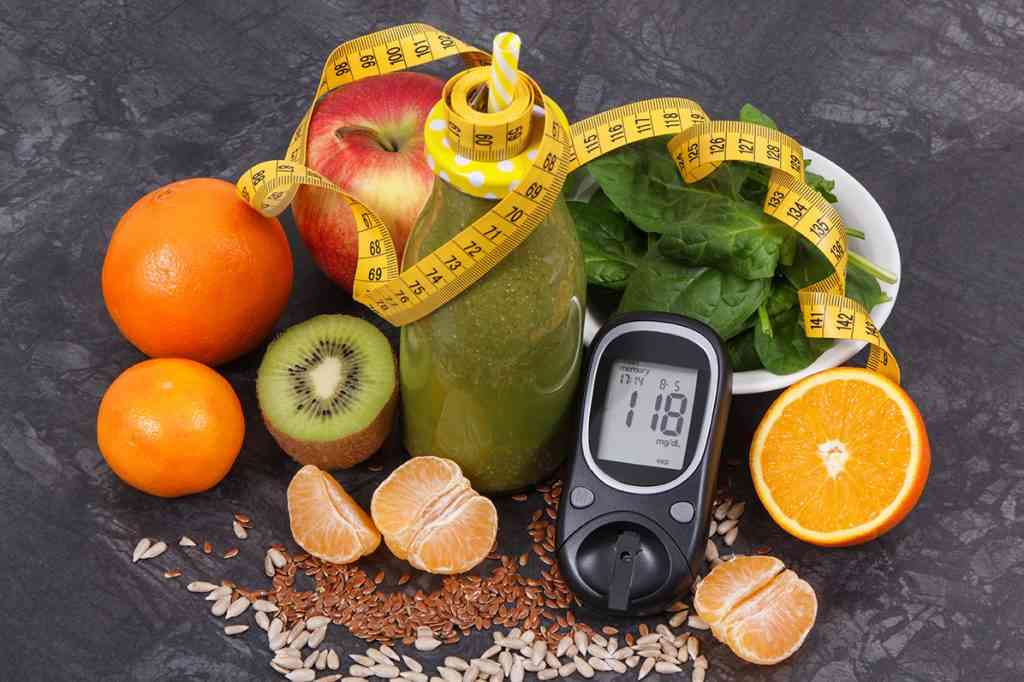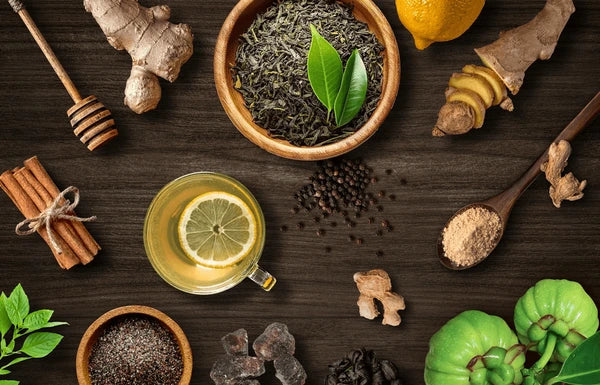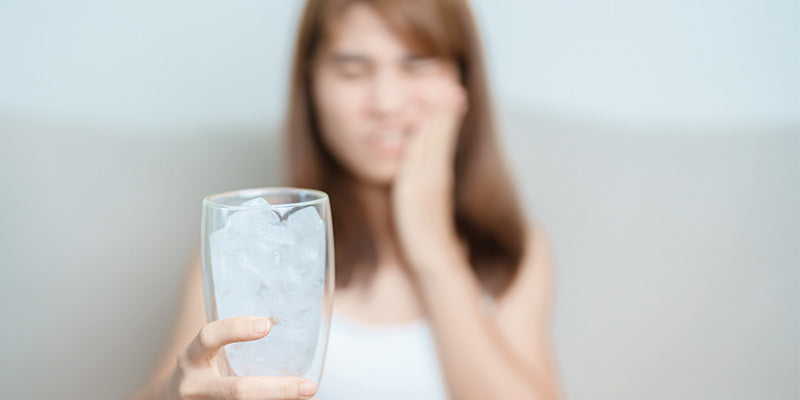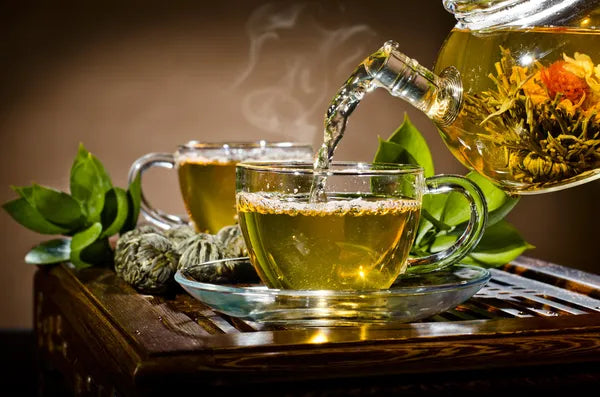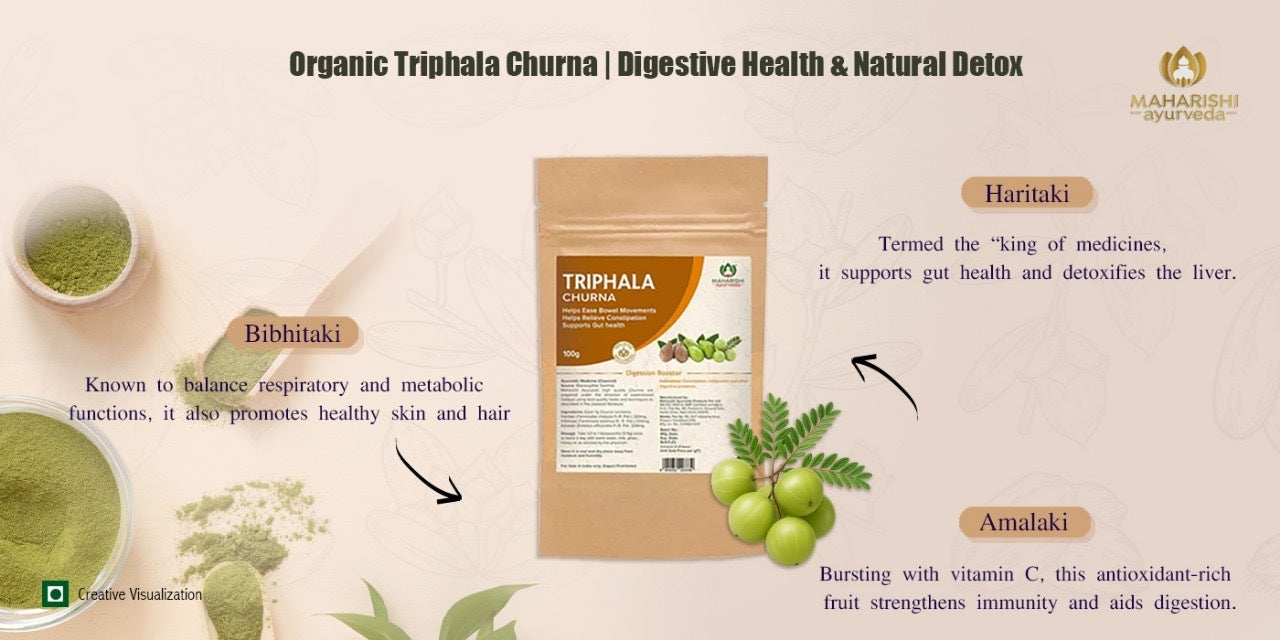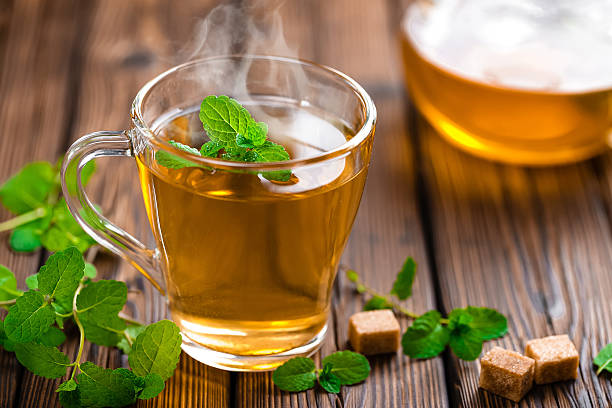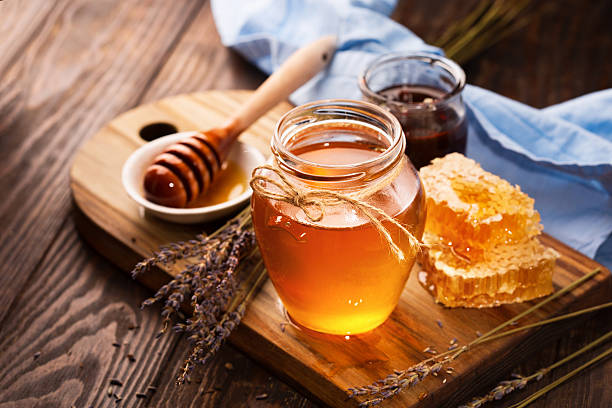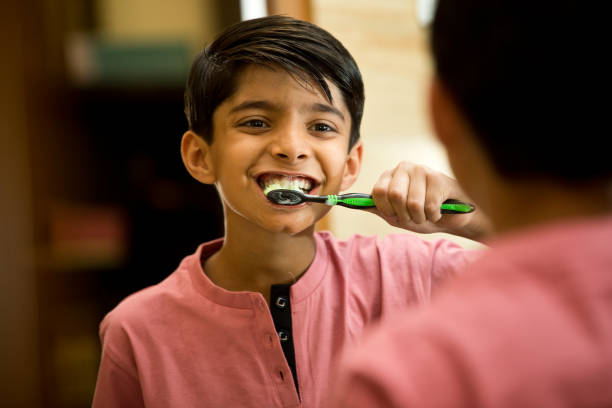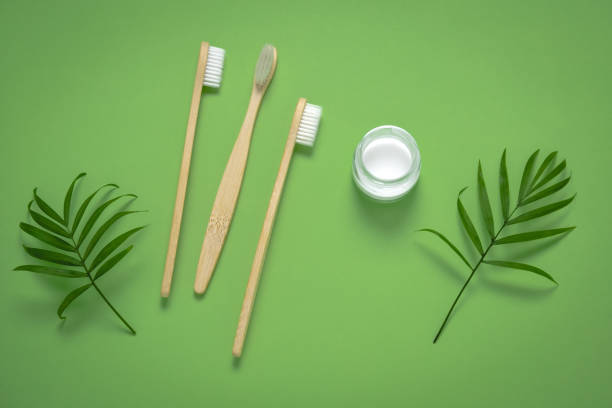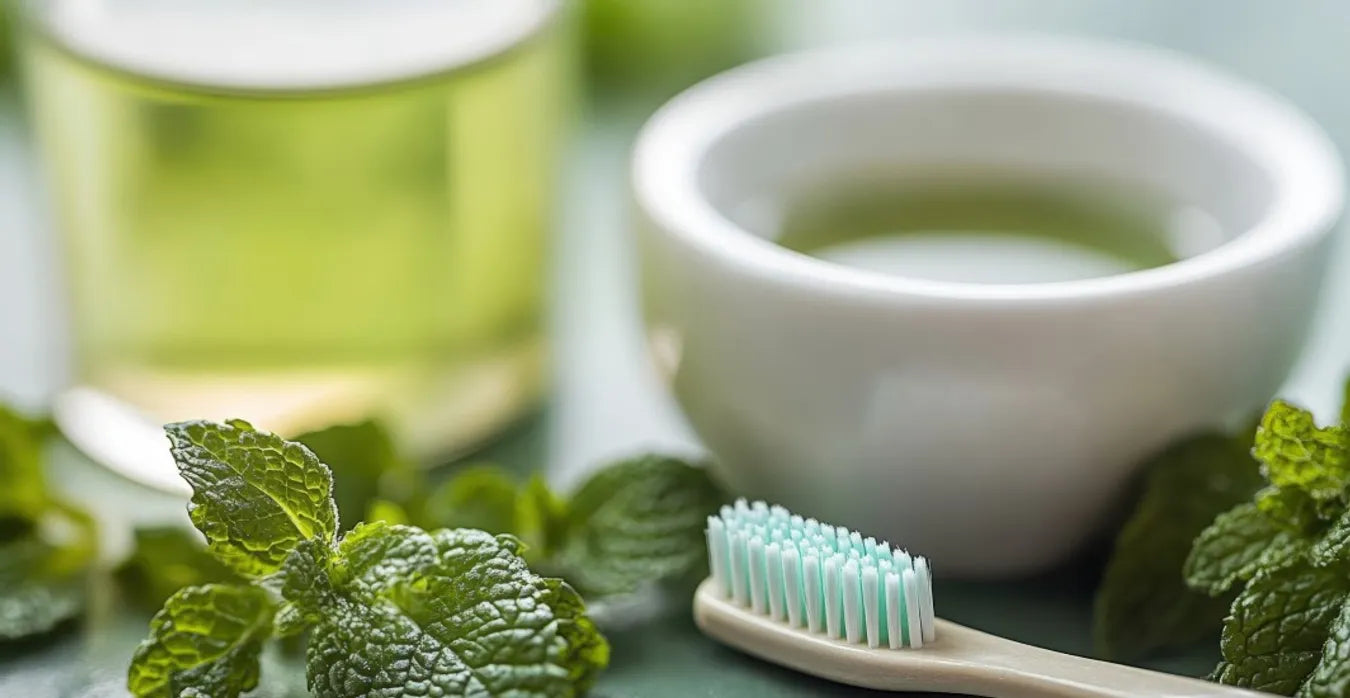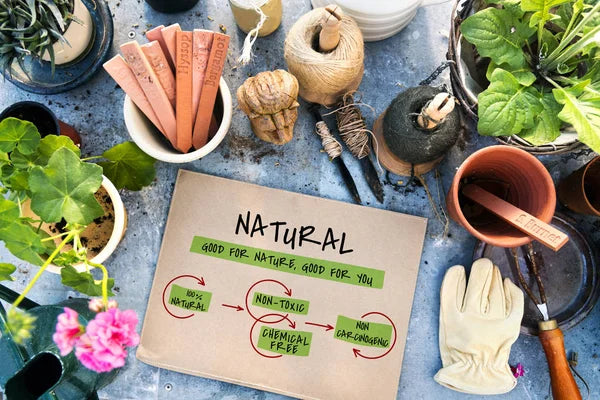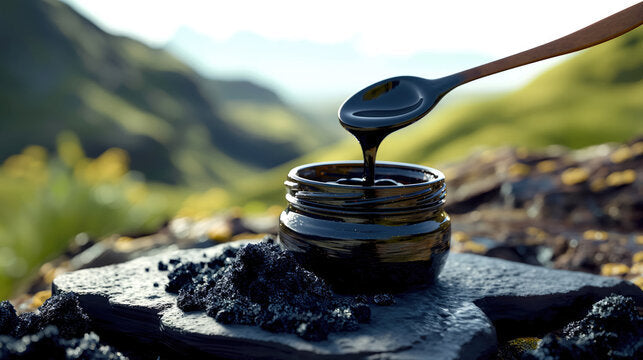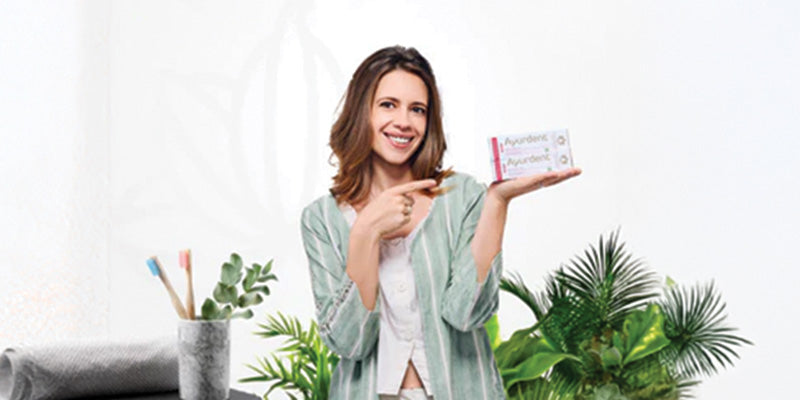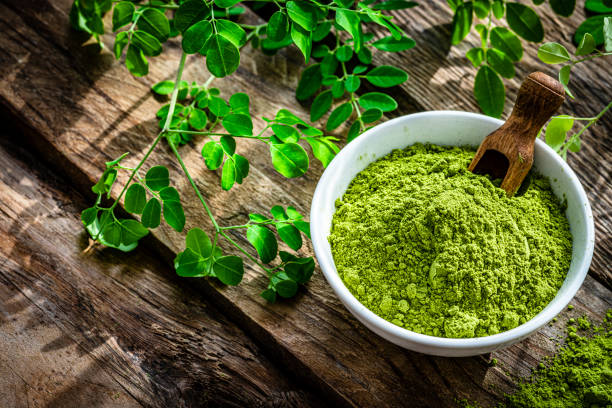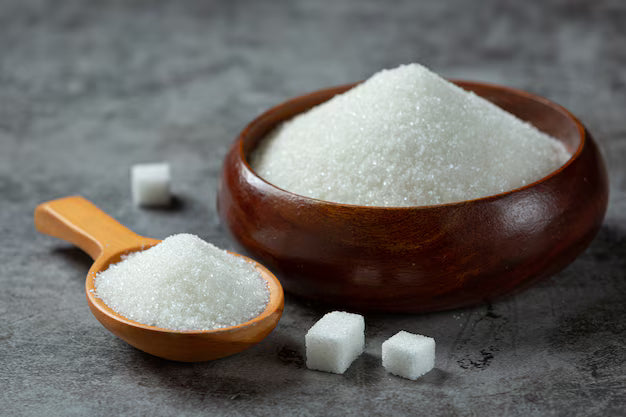Ayurvedic Massage Oils and Their Therapeutic Benefits

Introduction — The Healing Power of Ayurvedic Oil Massage
Ayurvedic body massages (abhyanga) are recommended as part of a daily routine (dinacarya) to keep the body healthy, much like watering a tree’s roots helps it thrive and live longer. Susrutha, the renowned 6th-century Ayurvedic surgeon, mentions in his treatise that the practice softens the body, calms Kapha and Vata, supports tissue growth, and enhances strength and skin radiance (Su Chi 24/30). Charaka, in the 2nd century BC, corroborates this and adds that the practice helps prevent wear and tear of the body and slows down the ageing process.
Here are the main benefits of abhyanga noted through the ages:
1. Strengthens, nourishes, and stabilises the body and makes the skin firm, healthy, and radiant
2. Pacifies Vata Dosha
3. Builds up endurance and increases flexibility
4. Slows down ageing and reduces fatigue
5. Helps enhance vision
6. Increases longevity
7. Promotes good sleep
Main benefits of shiroabhyanga or head massage
1. Helps alleviate head-related conditions - strengthens hair roots and promotes hair growth, strength and shine
2. Daily head massages help prevent headaches, baldness, and greying
3. Strengthens the skull and bones of the forehead
4. Refreshes the senses, aids good sleep, and promotes a sense of well-being
Main benefits of padabhyanga or foot massages
1. Smoothens roughness and dryness
2. Eases stiffness, fatigue, and numbness
3. Makes feet strong and steady
4. Helps to improve vision (Massaging feet sends calming signals through the nerves, helping the body - including your eyes - relax. The point between your big toe and second toe stimulates nerves linked to the brain areas that control eye movement and tear production.
5.Calms Vata
6. Helps protect feet from nerve or vessel contractions
Match Your Ayurvedic Massage Oil to Your Dosha
Vata Dosha imbalances tend to manifest in excess dryness, externally and internally, nerve and bone disorders, constipation, anxiety, and disorders related to a weakened immune system. Oil application restores moisture to the skin, soothes the nerves, strengthens the bones, and nourishes the tissues. Some experts advise massaging against the direction of hair growth to open the pores. Sesame oil blended with Vata-reducing herbs and essential oils is recommended for such conditions. Vata people need gentle massages.
Pitta constitutions tend to generate excess heat, leading to skin rashes, ulcers, infections, eye, heart, and blood disorders. Mentally, the condition may manifest in irritability and anger. Oils blended with herbs are sweet in rasa and cooling in nature, helping to bring about balance while healing and preventing further occurrence of these situations. Sesame oil blended with general Pitta-reducing herbs and essential oils is recommended for such conditions. For the Pitta body type, a moderate touch is best.
Kapha people are prone to water retention, and may suffer from symptoms such as oedema, lung and sinus congestion. This may also lead to sluggish minds. Warm oils help remove the excessive amounts of water and restore balance. Therapeutic fragrant powders, too, are sometimes recommended to reduce Kapha, liquefy fat, promote strength, and even skin tone. Sesame, mustard, or canola oil is blended with general Kapha-reducing herbs and essential oils to treat such conditions. For Kapha orientations, deep muscle massage is recommended.
Abhyanga: Methods and Seasonality
Techniques recommended for abhyanga:
- Light and slow massage around the waist, with slightly more pressure around the face and neck.
- The head and feet need relatively harder and longer massaging.
- Soft, less muscular areas – around the navel, temples, heart, and ribs – need gentle, soft massaging.
When to practice abhyanga?
Opt for abhyanga 1-2 hours after eating, preferably after sweating it out in a yoga or exercise session. After the massage, it’s best to wait an hour before taking a bath or shower, allowing the oil to nourish and detoxify tissues. The massage helps to keep the body flexible and skin supple.
Seasonal massaging methods:
During the summer, use room-temperature oils; during the winter, slightly warmed oils are recommended. Naturally cooling oils, such as coconut-oil-based formulations, are preferred for the summer, while warming oils, such as Mahanarayan taila, sesame-oil-based formulations, and Dhanwantaram oil, are good for the winter.
It’s best to try to balance the seasonal recommendations with your dosha orientation.
Ayurvedic Massage Oils for Specific Concerns
Mustard Oil: This oil is warming in nature, helps reduce itching, and is recommended for skin diseases – primarily for those with Kapha dosha dominance. Mustard oil is unsuitable for people with Pitta Dosha.
Castor Oil: Some experts hold that this oil is restorative and beneficial for the skin. However, in Ayurveda, castor oil is particularly recommended for joint stiffness and is likely to help in digestive ailments if taken orally
Coconut Oil: This oil is beneficial for hair, as it stimulates growth and helps prevent hair loss. It reduces itching on the skin and is both preventive and curative for skin diseases. This is a versatile oil that can be used by all dosha types, but is particularly suitable for people with the Pitta body type.
Dhanwantaram Oil: This is recommended for neuromuscular and skeletal disorders, particularly those triggered by Vata, as well as for pre-and postnatal care.
Ksheer Bala Oil: This is made by processing sesame oil in Bala moolam (root of the Bala herb) and cow milk and is effective in Vata and Pitta disorders, gout, and neuromuscular pain.
Bala Ashwagandhadi Oil: A blend of Bala and Ashwagandha in sesame oil, this is recommended for weak muscles, bones, and joints.
Ayurvedic Massage Therapy vs Modern Oil Massage
Ayurvedic Massage Therapy (abhyanga): It is a therapeutic and preventive practice that helps balance the doshas. The oils, pressure applied, tim,e and techniques are chosen according to an individual’s body type, age, season, and health condition.
Marma points (energy points where muscles, nerves, joints, vessels, and life-force or prana meet) are stimulated while doing abhyanga. The oils used are therapeutic, not cosmetic. Generally, the base or carrier oil is blended with herbs to enhance potency.
Modern Oil Massage: This is focused on relaxation, muscle relief, and stress reduction. Oils are generally selected for texture, fragrance, or absorption rather than their energetic or medicinal properties.
Boost your physical and mental well-being with this simple daily ritual using therapeutic Ayurveda oils – matched to your constitution, dosha, and seasonal variations.
FAQs
1. Which is the best Ayurvedic oil for body pain?
Mahanarayan, Pirant, and Dhanwantaram oils are effective for pain relief.
2. Can Ayurvedic massage oils be used daily?
Yes, provided you have no fever, indigestion, or any other ama (toxin-related) conditions. In pregnancy and heart conditions – seek medical advice before using.
3. Is there an Ayurvedic oil for nerve weakness?
Yes, oils with herbs such as Bala and other Vata-pacifying herbs, such as Ashwagandha and Shatavari, help improve nerve strength.
4. Can babies be massaged with Ayurvedic oils?
Yes, Ayurvedic oils such as Ksheer Bala oil are very effective for strengthening muscles and bones in babies.
4. Is Castor Oil an effective oil for abhyanga?
Yes, especially for the joint pains and stiffness associated with rheumatoid arthritis. The oil helps remove accumulated ama and relieve symptoms.
Popular Posts

Ayurvedic Herbal Rasayana Therapy: How Soon Will You Feel Benefits?
09 Dec, 2025What Is ‘Rasayana’ & ‘Rasayana Therapy’? The term ‘Rasayana’ is composed of two words: ...
Read more
Vegetarian & Vegan: Knowing the Difference in Ayurvedic Products
05 Dec, 2025Ayurvedic View on Vegetarian and Vegan Diets Ayurveda naturally leans toward a predominantly pla...
Read more
How to Boost Vigour and Vitality in men with Ayurveda?
03 Dec, 2025There must be many questions in the mind of people that what exactly does vigor and vitality mean...
Read more


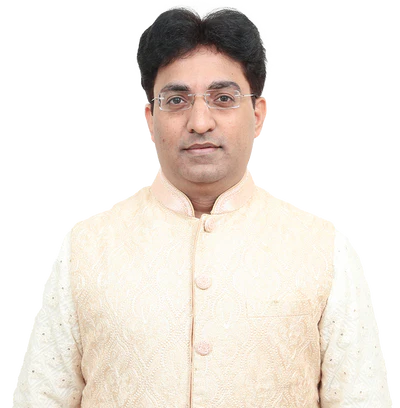

 Popular Read
Popular Read






















